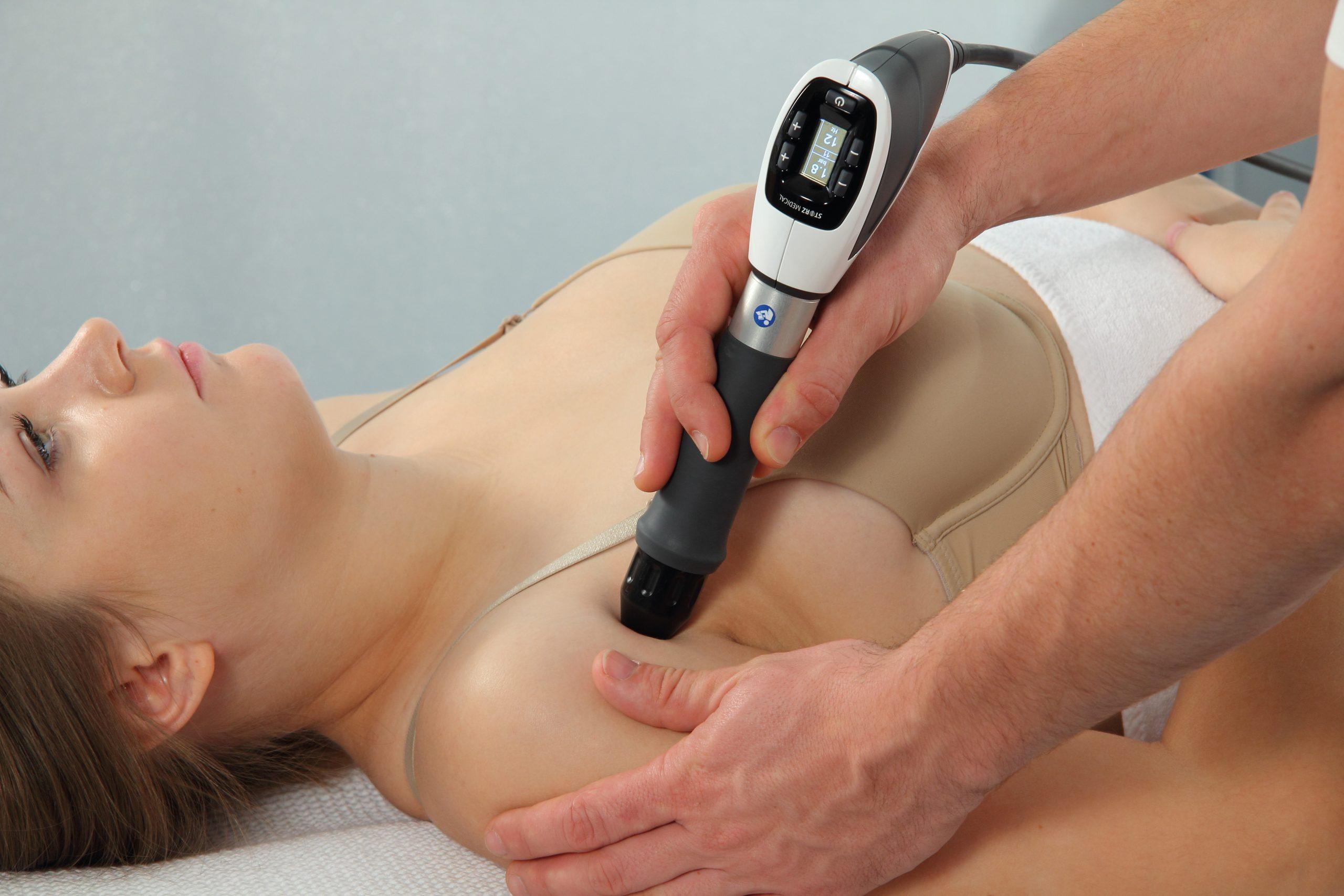The mechanism of action behind shockwave therapy lies in its ability to trigger biological responses within the body. When the shockwaves are applied to the affected area, they generate microtrauma, initiating the body's natural healing processes. This includes increased blood flow, the formation of new blood vessels (angiogenesis), and the stimulation of tissue regeneration. Additionally, shockwave therapy is believed to disrupt pain signals, providing relief from chronic pain conditions.
One of the key advantages of shockwave therapy is its non-invasive nature. Unlike surgical interventions, shockwave therapy does not require incisions or anesthesia, reducing the risks associated with shockwave therapy invasive procedures and allowing for quicker recovery times. Patients typically undergo a series of sessions, spaced out over several weeks, with each session lasting approximately 10 to 30 minutes, depending on the condition being treated.
Plantar fasciitis, a common cause of heel pain, is one condition for which shockwave therapy has shown promising results. This condition involves inflammation of the plantar fascia, a thick band of tissue that runs along the bottom of the foot. Traditional treatments for plantar fasciitis include rest, ice, stretching exercises, and orthotic devices. However, some patients may continue to experience pain despite these interventions. In such cases, shockwave therapy can offer an alternative solution.
Research studies have demonstrated the effectiveness of shockwave therapy in reducing pain and improving function in patients with plantar fasciitis. A systematic review and meta-analysis published in the Journal of Foot and Ankle Research in 2013 found that shockwave therapy was associated with significant improvements in pain and function compared to placebo or other conservative treatments. Furthermore, the benefits of shockwave therapy were sustained in the long term, with many patients experiencing continued relief even months after treatment.
In addition to plantar fasciitis, shockwave therapy has been used to treat a variety of other musculoskeletal conditions, including Achilles tendonitis, tennis elbow, shoulder tendinopathy, and hip bursitis, among others. While the evidence supporting its use varies across different conditions, shockwave therapy remains a valuable treatment option for patients who have failed to respond to conservative therapies.
Despite its potential benefits, shockwave therapy may not be suitable for everyone. Contraindications include pregnancy, blood clotting disorders, certain infections, and the presence of metal implants near the treatment area. Additionally, some patients may experience mild side effects such as temporary discomfort, bruising, or swelling following treatment.
In conclusion, shockwave therapy is a non-invasive treatment option that offers relief for a variety of musculoskeletal conditions. By stimulating the body's natural healing processes, shockwave therapy can help reduce pain, improve function, and enhance overall quality of life for many patients. However, it is essential to consult with a qualified healthcare professional to determine if shockwave therapy is the right option for your specific condition.
